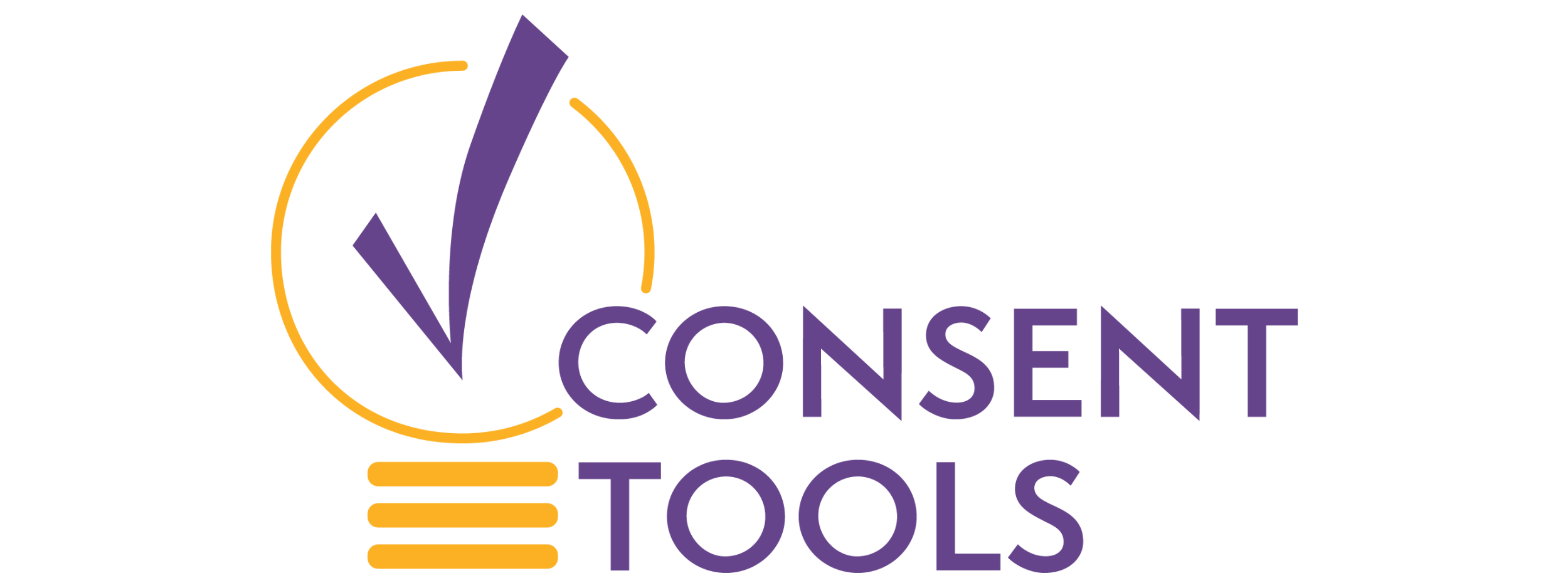By Erin D. Solomon, PhD
The 2018 updates to the Common Rule emphasize the importance of participants understanding the information that matters most when deciding to participate in a study. Best practices for fostering participant understanding include writing in plain language, optimizing formatting, and assessing how well participants understand consent information. When participants cannot demonstrate adequate understanding or may lose decisional capacity during a longitudinal trial, the Common Rule permits legally authorized representatives (LARs) to provide informed consent.
ConsentTools is a toolkit created to help clinical research professionals adopt evidence informed practices for informed consent and navigate the challenges of involving LARs.
The toolkit is a free resource developed by a team of NIH-funded researchers at Washington University in St. Louis led by James DuBois, DSC, PhD. It contains guidance and resources on implementing best practices for informed consent.
Optimizing Key Information
Plain language is an evidence-informed communication practice that promotes understanding. It consists of writing in a way that is clear, concise, and simple. This includes choosing simple words and phrases, avoiding technical jargon, keeping sentences and paragraphs short, and writing in the active voice.
The way a document is formatted additionally contributes to how well its content is understood. Formatting practices that enhance understanding include using large and easy to read fonts, using bulleted lists, and using headers that are one size larger than the body text. Increasing white space, the areas of the document that do not contain text, can also improve the readability of the document. Additionally, using bold text is recommended for emphasis instead of underlining or italics.
Using plain language and evidence-based formatting practices can sometimes lead to a document that is longer than the original, but it will be easier for participants to read and understand. Additionally, using plain language and evidence-based formatting in consent documents, particularly the key information, can help meet the Common Rule requirement that they key information be “organized and presented in a way that facilitates comprehension.”
The toolkit provides guidance on how to easily incorporate plain language and how to use evidence-based formatting to optimize key information. Tools include:
- Brief videos with examples of how to implement plain language and evidence-based formatting.
- An example of key information that utilizes plain language and evidence-based formatting.
- Sample language and references researchers can include in IRB applications to justify use of the practices.
Assessments
Many people are at risk of impaired decision-making capacity, and researchers often overestimate how well participants understand and appreciate consent information. Using a validated instrument to assess participants’ understanding of consent information, in appropriate contexts, can help ensure participants are informed prior to deciding whether to participate in research.
The Revised UBACC is an instrument used to assess whether a participant understands informed consent information. It has been validated and can be used reliably with minimal training. It has 10 items and takes about five minutes to administer and score. Unlike some other assessments of participant understanding, the Revised UBACC specifically assesses understanding of the particular study that the participant is considering.
The toolkit provides guidance on how to administer the Revised UBACC, including when and how to assess, and what to do with assessment results. Tools include:
- A sample assessment, the Revised UBACC, with instructions and scoring.
- Brief videos demonstrating how to administer and score the assessment.
- Sample language and references researchers can include in IRB applications to justify the use of an assessment.
Legally Authorized Representatives (LARs)
Individuals with cognitive impairments, caused by Alzheimer’s disease or other conditions, may lack capacity to consent to participate in research. Additionally, all older adults are at increased risk of developing cognitive impairments due to a variety of factors. Therefore, it is important to be prepared to appoint a Legally Authorized Representative (LAR) for participants in appropriate circumstances, such as multi-year studies where capacity to consent may change over the course of the study. Studies indicate that a majority of older adults and adults with mild to moderate Alzheimer’s disease support the idea of letting an LAR make research decisions.
There are several benefits of asking participants to appoint an LAR for research. First, appointing an LAR helps ensure the participant has a say in who makes research participation decisions on their behalf. Second, LARs may enable an individual to participate in research even when they are not able to provide informed consent. Third, a research team may reduce legal risk by discussing and documenting participant’s wishes regarding an LAR.
The toolkit provides guidance on how to navigate this complex issue. This includes guidance on whether your participants need an LAR, and how to help participants appoint an LAR. Tools include:
- A tool to help educate participants and help with having the sensitive LAR discussion.
- A note to file template document to document participant’s wishes.
- Sample language and references researchers can include in IRB applications to justify the use of LARs.
We also provide information on how to implement these practices into electronic consent (eConsent).
You are free to use or share ConsentTools materials for non-commercial purposes, with appropriate credit to ConsentTools and the Bioethics Research Center.
Erin D. Solomon, PhD, is a Senior Scientist at Bioethics Research Center at the Washington University in St. Louis.


No comments! Be the first commenter?